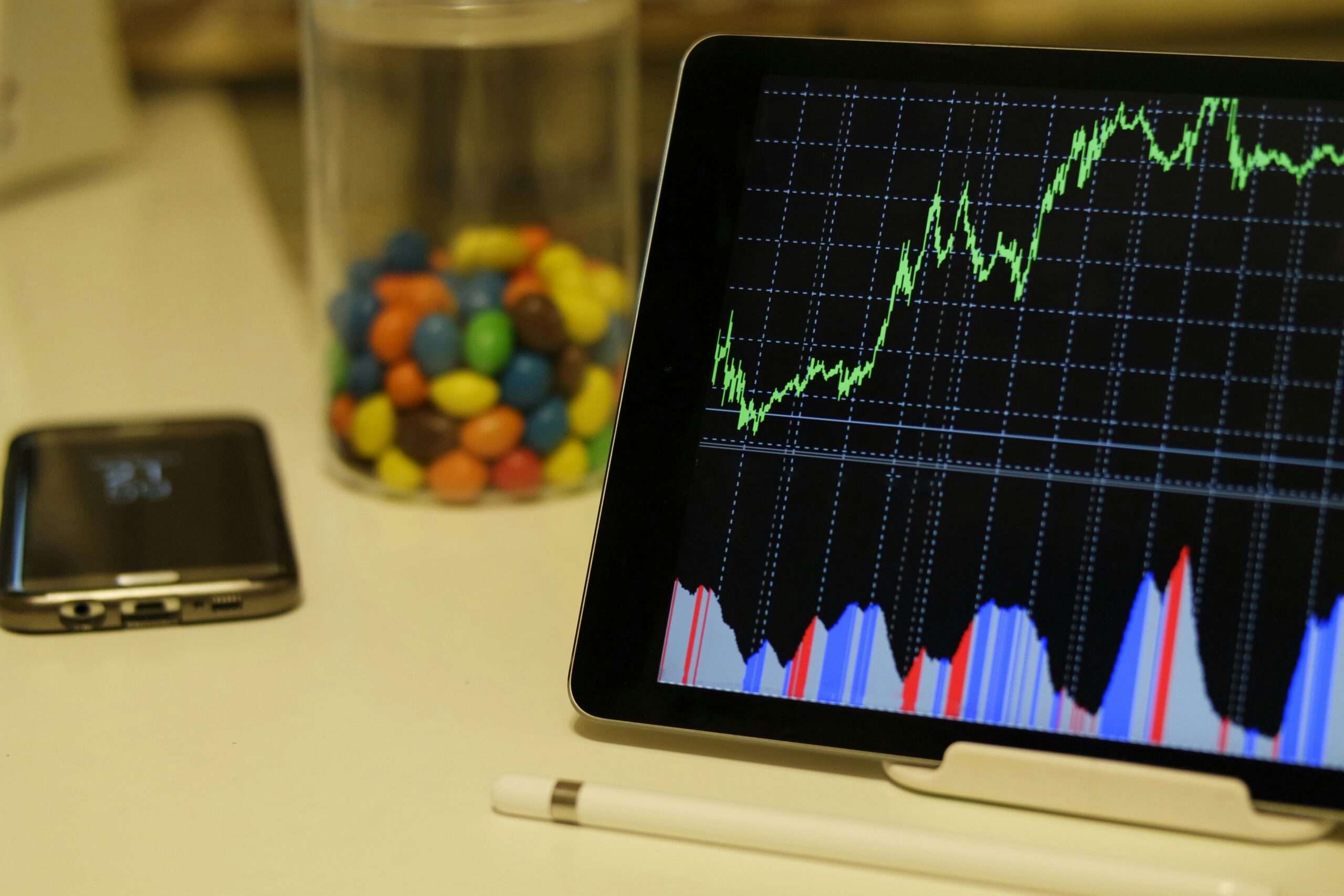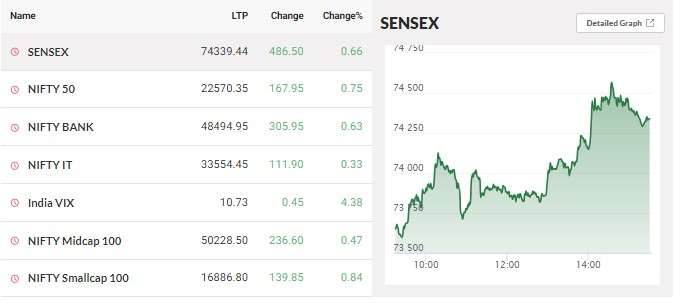Trade Market Report-As we close the month and move towards May, experts speculate that Chemicals, autos, Metals, consumer durables, and PSU Banks can outperform. IT and Media will be the backbenchers.

The success of midcaps and small-caps compared to large-caps was evident in the April series, and we anticipate that the May Series will see further movement focused on individual stocks. This was evident when the Nifty traded nearly flat; in the derivatives market, the market breadth was wider, with 69% of single stock futures increasing in the April Series compared to 46% of advancing shares in the March Series.
The Nifty Index futures for April rollovers were 65.12 percent, far less than the 69.77 percent of the previous month and the 71.40 percent three-month average.
Anticipated volatility in the run-up to the upcoming general elections is most likely the cause of the decreased rollovers and positioning. Additionally, the rollover fee has decreased to 0.31 percent, which is less than the 0.72 percent three-month average.
Trade Market Report- A look at the history
In April 2009 and 2019, there was a 74 percent and an 81 percent rollover of positions, respectively, compared to the present rollover, which is even lower than the patterns from the preceding election years of 2009, 2014, and 2019. On the other hand, the Nifty rolled over lower levels by 59 percent in the April 2019 series.
With a gain of more than 2 percent in the April series, the banking benchmark index, or Bank Nifty, has outpaced the frontline indexes. Bank Nifty futures rollover fell to 74.41 percent from 87.21 percent the previous month and the three-month average of 78.62 percent. In addition, the rollover fee has dropped from the three-month average of 0.94 percent to 0.43 percent.
If we compare the rollovers for the Bank Nifty historically for the April 2009, 2014, and 2019 periods, we will see that the present rollover is still greater than that of previous years. It stood at 69 percent, 69.87 percent, and 74 percent, respectively, despite this decline in rolls for the April 2024 series.
Based on FII index holdings, the long-short ratio is 38.90 percent.

Image Source
Expectations for May
According to seasonality, May has frequently shown a positive tendency for the Nifty throughout the last 17 years. The index has finished on the upside with an average gain of 4.94 percent on 10 times and the downside with an average loss of 4.27 percent on 7 occasions. For the Nifty, the May Series has yielded average gains of 1.15 percent overall.
The pattern shown in the previous three May election years (2009, 2019, and 2014) is especially noteworthy, as the Nifty has averaged an outstanding 11 percent gain.
Over the last 17 years, the Nifty’s May Series volatility has averaged 8.7 percent.
Over the last 17 years, Bank Nifty has historically had a positive tendency in May. Of these, it closed lower six times, on average losing eight percent, and higher eleven times, with an average gain of 8.16 percent. In April, the Bank Nifty’s average return for the previous 17 years was 2.43 percent.
The Bank Nifty showed an average volatility of almost 13 percent during the previous 17 years in May. Interestingly, it has yielded an impressive average return of 21.42 percent over the previous three May election years, 2009, 2014, and 2019. This underscores its great performance for May month in all three election years.
Speaking of Nifty levels and the accumulation of open interest
Notable call open interest for the upcoming weekly series is observed at the 22,500 CE and 22,600 strike. Notable open interest is there on the put side at 22,500 PE and 22,400 strike.
This suggests that the index will encounter significant resistance in the 22,630–22,650 range. Any persistent increase over 22,650 will trigger a strong upward rebound up to 22,880, and in the near run, 23,050. Conversely, in the event of an instantaneous collapse, the 50-day SMA zone of 22,200–22,250 is probably going to act as a safety net. Profit-booking in the index up to 21,940–21,850 will result from any sustained slide below the 22,200 mark.
From the standpoint of Bank Nifty
As we approach the May Series, we anticipate that the banking index will continue to outperform Nifty. In the near future, the index is probably going to challenge the level of 49,200 and then 49,700 as it continues its northward trajectory.
Conversely, the 47,300–47,500 range will serve as the index’s key support on the downside. Profit booking in the index will occur for any sustained move below 47,300 up to the 46,400–46,000 mark.
In the May Series, it is anticipated that industries like PSU banks, metal, CPSE, chemicals, consumer durables, and autos will perform well, while industries like IT and media may underperform.
Also Read: Strict RBI action on Kotak Banks


